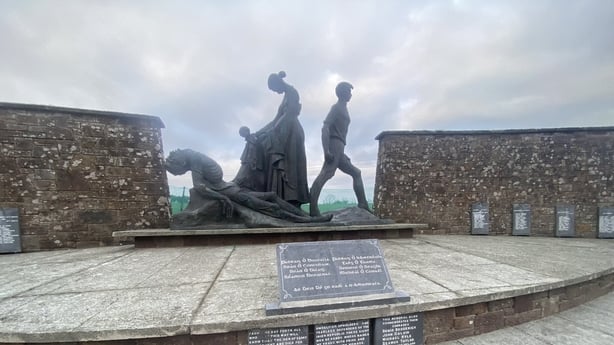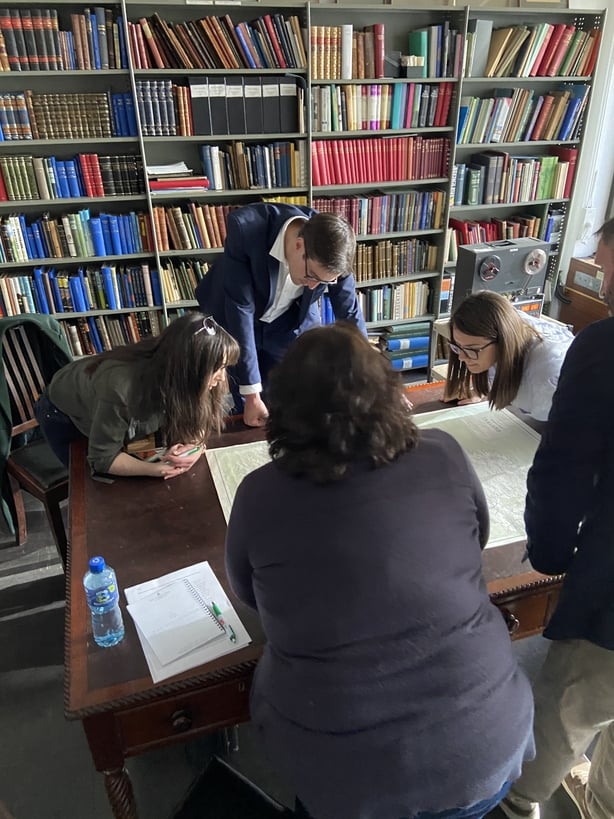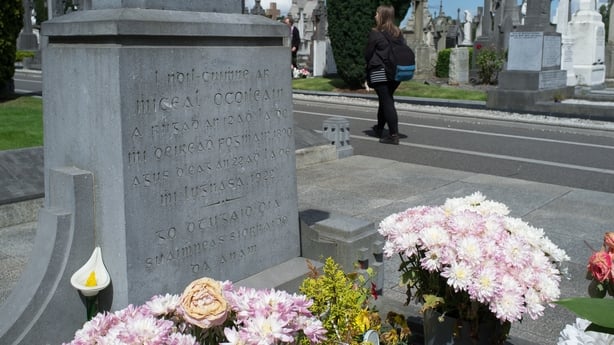The Civil War lasted for less than year, but the wounds it inflicted have never fully healed. Sharing stories may be the way forward, says Liz Gillis
Sadness, anger, horror, pain, silence, trauma – all words that describe the legacy of the Irish Civil War. Although the conflict only lasted eleven months, the trauma of the Civil War can be seen all over this island – North, South, East and West, like a wound that has not healed.
No community was immune from the horrors of a war that saw former friends, neighbours and families torn apart. Both sides carried out unspeakable acts against each other and civilians, all in the name of Irish freedom.
A nationwide silence
When it was over, a nationwide silence seems to have descended over Ireland. Certain people or events were publicly commemorated on anniversaries, but what good was that to the families of those who fell in the conflict, be they pro-Treaty or anti-Treaty, or those who had suffered in other ways? They did not remember their loved ones once a year, they did not have that luxury. They lived with their loss, their trauma, every day, some never able to come to terms with what they had endured. What use were those commemorations to those living in the North, who felt abandoned by the Irish government, living in a state that was deliberately set up to ensure they were treated as second class citizens?
Many had no option but to be silent. For others it was too painful to talk openly. There were those who did not want to pass on the bitterness or pain to the next generation, some who accepted what they had done and had to live with that and there were those who found the strength to forgive. But the trauma of the Civil War filtered down through successive generations. Only now, one hundred years on, there is a willingness to talk and a willingness to listen, to want to know.

How else can we understand events like the murder of eight IRA prisoners at Ballyseedy Cross by the National Army, or the murder of the O’Connor-Scarteen brothers in Kenmare by the anti-Treaty IRA?
Neither side can really claim the moral high ground and no act can be justified. All we can do, from our vantage point one hundred years on, is to try to understand how such acts could happen and understand the effect those events had on the families and their communities. We can only achieve that understanding by talking, no matter how painful that may be.
The space for conversations
The Decade of Centenaries has provided the space for those conversations to be had. The release of records from the revolutionary period, in particular the Military Service Pensions Collection from Military Archives, have enabled us to discover what really happened and more importantly, the impact of the Civil War on families and communities alike.
But a new project, ‘The Civil War Memory Project' consisting of over 80 interviews to date, that will be deposited into the National Folklore Collection in UCD and RTÉ are providing insights into this period of our history. This is our last chance to record the stories of the sons and daughters of those who lived at that time, be they participants or civilians. Stories that were told in private to loved ones who wanted to know what happened, many of which were too painful to disclose in public.

The story of the Civil War has been dominated by the executions and extra-judicial killings of anti-Treaty IRA by the Free State government and its army. But there were far more losses suffered by the National Army than by the anti-Treaty IRA, yet there are only a handful of memorials to those soldiers compared to IRA memorials. The anti-Treaty side may have lost the war, but in terms of remembering their fallen comrades, they were the victors.
The Free State government were silent in remembering those who had died fighting for the very existence of the new Irish State. Michael Collins, it seems, represents all those who fell on the pro-Treaty side. His memory even overshadows that of Arthur Griffith, who, in the words of Michael Collins was, ‘the father of us all’. In the National Army plot in Glasnevin Cemetery, where Michael Collins rests, lie the remains of those soldiers who fell in the Civil War. Yet up until last year, 2022, their names could barely be seen on the headstones, nearly invisible, forgotten by the State they fought and died to preserve.

The numerous pension files relating to those who died or were injured in the Civil War makes for sad reading. In them you see, in many cases, how cold the Irish State was to the families who had lost so much. Families who were struggling to survive, pleading for money to help them. These files, which were never meant to be released, give us a glimpse of what the true cost of the Civil War was – loss, grief, sadness, helplessness, anger, trauma. Thanks to the release of these records, and of the willingness of the families to get involved with The Civil War Memory Project the silence of the Civil War is fading, and our understanding of that dark period is changing. The voices of those who went before us are being heard. One hundred years on, it is our duty to listen to them.
The Silent Civil War will air on RTE 1 on 26th April and May 3rd at 9.35pm and is available on the RTE Player after the live broadcast. This production is supported through the Decade of Centenaries Programme 2012-2023 by the Department of Tourism, Culture, Arts, Gaeltacht, Sport and Media.
If you'd like to contribute to the Civil War Memory Project collection, you can do so by contacting: bealoideas@ucd.ie














































